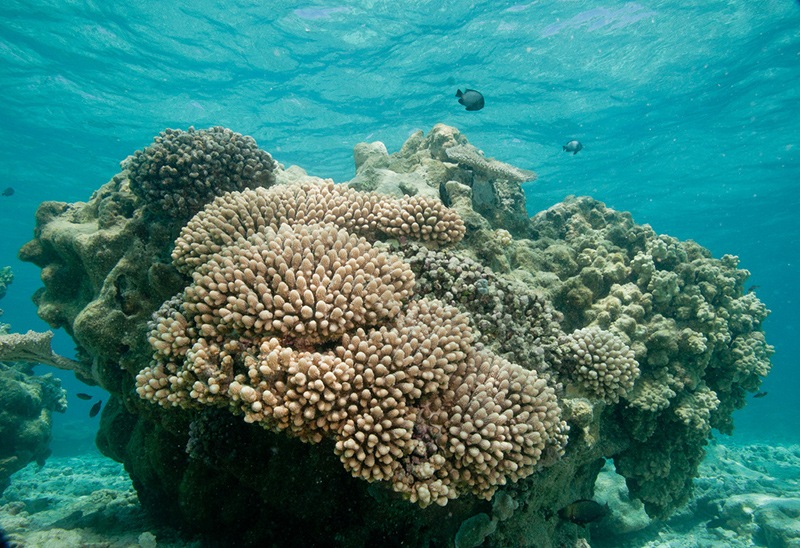Dr. Wendong Wang
Water is everywhere: in our tubs, our bottles, our lakes, our bodies. And with scientific studies, such as in this Journal of Climate, reporting that average rainfall is increasing, it’s difficult to believe that the world’s water supply would ever dry up. But therein lies the irony: our planet is facing a water scarcity crisis no less urgent nor severe than that of climate change or energy. Statistics from UN-Water show that out of the total amount of water worldwide, only 2.5 percent is fresh water. From that fresh water, 70 percent is in the form of ice or permanent snow in mountainous regions and polar regions, and inaccessible for human use. The remaining 30 percent, in the form of ground water (~30%) and fresh water lakes and rivers (0.3%), constitutes all the potentially usable water. In fact, as analyzed by UN-Water, the total usable freshwater supply for the entire ecosystem and humanity is less than one percent of all freshwater resources.
The scarcity of water is only the start of the water crisis. Sanitation, disease, and the economics of water sourcing and usage follow readily. According to water.org, a child dies every 21 seconds from water related disease. Data from water.org also indicate the cost of water in comparison with income is disproportionately more expensive in third world countries than first world. This disparity limits the lives of those who collect water for their families—mostly women—in the daily routine of carrying water from distant wells or rivers to their villages. So what does this mean for the future of water? This article on “Linking Sustainability with Demand, Gender, and Poverty,” published by the Water and Sanitation Program of The World Bank, provides additional insights into, and recommendations for, how women can be given greater leadership roles when it comes to a community’s water supply and sanitation.
Is there a solution to this issue? Technological developments in industry and academia continue to provide innovative solutions to a myriad of water crisis problems. For example, BASF, the largest chemical company in the world, has set up a water solution division to provide technological solutions for five broad categories: waste water, industrial water, drinking water, desalination, and membrane. Last year BASF completed a manufacturing plant for water treatment and paper manufacturing in Nanjing, China. Another industrial giant, General Electric, has set up a water division; GE Water and Process caters its technologies to a variety of industries from food and beverage to microelectronics, pharmaceuticals, and fuels (video).
In addition to major industrial leaders, small, private companies are also providing innovative solutions. For example, LifeStraw water filter technology (video) from the Swiss company Vestergaard Frandsen uses low-cost hollow-fiber membrane with sub-micron pores to remove pathogens from water. Because of its compact design and low price point, it is mainly used to produce safe drinking water for individual or family use, particularly in developing countries.
Yet technology alone is not enough. The complexity of the water crisis means that partnerships among industry, academia, governments, NGOs, and media are critical. In Chemical & Engineering News (C&EN), David L. Sedlak, Professor of Civil and Environmental Engineering at UC-Berkeley, believes this synergy is critical to solving our water scarcity issue. He writes:
“The real challenge is to put the pieces together in new types of systems and to think about innovations in our water management practices. For example, we have the individual technologies needed to capture urban runoff, treat it to potable water standards, and use it to recharge aquifers. But the challenge of turning a source of pollution and flooding into a water supply will require a new system of water management.”
A number of recent initiatives highlight the need to address this challenge, including this live discussion courtesy of The Guardian, which unites a range of industry professionals to address the water crisis. As the piece highlights, the sheer number and diversity of shareholders involved make cross-partnerships particularly challenging and rife with disagreements.
Nevertheless, the market for the water-related industry is huge and booming. The global market for processing water and wastewater treatment equipment is valued at $15.8 billion and is expected to grow at 7 percent annually, according to C&EN. In addition, General Electric reports the overall water treatment and supply business is worth about $450 billion. This is good news for the development of the industry and for individuals seeking careers to make a long-term difference for humanity and the environment. What it doesn’t answer fully, however, is how we will continue to meet the needs of a growing world populace that is quickly depleting its overall water supplies.
In the simplistic, yet realistic remarks of the LifeStraw video: “Water is life; the need is urgent; the time is now.”
Featured image courtesy of Pixabay.
climatedrinking waterSustainabilitywaterwater crisiswater shortage
About The Author
Dr. Wendong Wang
Postdoctoral Researcher at Harvard University
Dr. Wendong Wang is a materials chemist. Born and raised in Nanjing, China, he obtained his BSc from Nanjing University and his PhD from the University of Toronto. He now works as a postdoctoral researcher in the School of Engineering and Applied Sciences at Harvard University and the Wyss Institute for Biologically Inspired Engineering. He has published more than ten papers in peer-reviewed scientific journals in the areas of materials science and chemistry.






